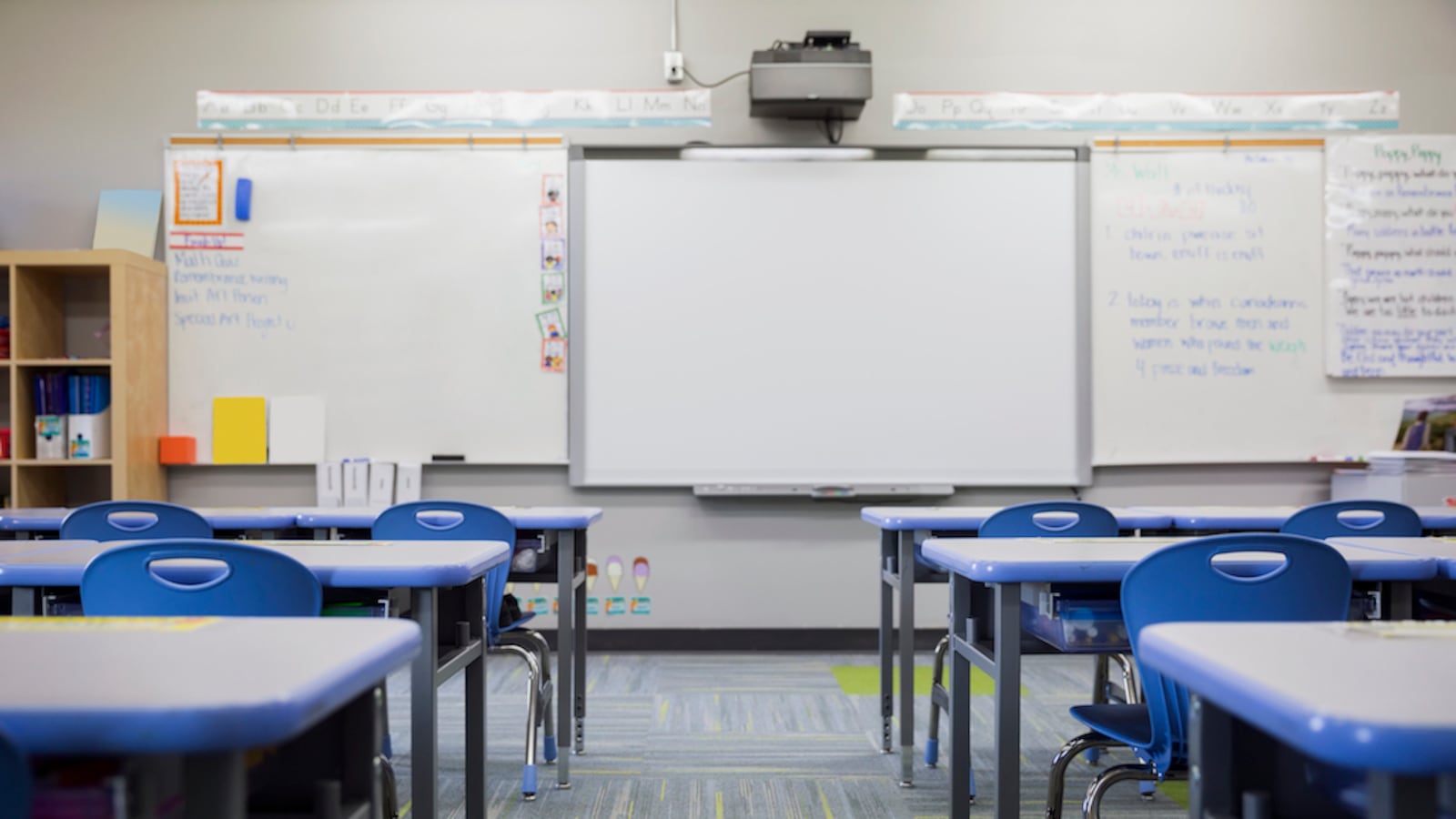New York City released the results of its annual school survey Thursday, a trove of data that shows how students, parents, and families feel about their schools and the system at large.
More than 1 million people completed the 2018 survey — the third year in a row the city notched a seven-figure response. The responses often paint a flattering portrait of the country’s largest school district, and the results are included in the city’s School Quality reports. You can find the survey results for your school by clicking here.
An important caveat: The education department has been criticized in the past for changing the wording of certain questions particularly around school discipline, making it difficult to make year-over-year comparisons. Education department spokesman Will Mantell said that 11 out of 226 total questions were changed and three were deleted.
The survey is full of bright spots: 95 percent of families who took the survey said they were satisfied with their child’s education over the past year. And among pre-K through fifth grade teachers, 99 percent said they felt students are safe in their classes.
Parents also continued to give high ratings to Mayor Bill de Blasio’s Pre-K for All program, which offers free full-day care for all city four-year-olds and expanded for the first time this year to begin covering three-year-olds.
Ninety-five percent of parents said they felt that teachers in those pre-K programs give them “helpful ideas about how they can support their child’s learning.”
But there are also some less encouraging signs. The survey covers the tail end of Chancellor Carmen Fariña’s tenure, and the results show she never climbed back to the 60 percent satisfaction rating among educators that she notched after her first year in office. Fariña ended with 55 percent of teachers saying they were satisfied with her performance, the same number as the previous year.
Students also continue to report high rates of bullying. Forty-three percent of students said their peers harass, bully, or intimidate other students at their school “some” or “most” of the time — a number that has gone unchanged since last year. (The city has promised to make a series of reforms meant to address bullying.)
And in the kids-will-be-kids department, just 51 percent of students say “most students” behave well when a teacher isn’t watching (a two percentage point bump from last year).


